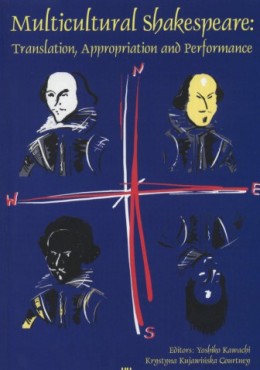Tsubouchi Shōyō and the Beauty of Shakespeare Translation in 1900s Japan
Tsubouchi Shōyō and the Beauty of Shakespeare Translation in 1900s Japan
Author(s): Daniel GallimoreSubject(s): Language and Literature Studies, Studies of Literature
Published by: Wydawnictwo Uniwersytetu Łódzkiego
Keywords: Tsubouchi Shō yō ; Ō ba Kenji; rhetorical theory; the trial scene; Hamlet’s fourth soliloquy; evanescence; archaism
Summary/Abstract: In a recent study of Shakespeare translation in Japan, the translator and editor Ōba Kenji (14)1 expresses his preference for the early against the later translations of Tsubouchi Shōyō (1859-1935),2 a small group of basically experimental translations for stage performance published between the years 1906 and 1913; after 1913, Shōyō set about translating the rest of the plays, which he completed in 1927. Given Shōyō’s position as the pioneer of Shakespeare translation, not to mention a dominant figure in the history of modern Japanese literature, Ōba’s professional view offers insights into Shōyō’s development that invite detailed analysis and comparison with his rhetorical theories. This article attempts to identify what Shōyō may have meant by translating Shakespeare into elegant or “beautiful” Japanese with reference to excerpts from two of his translations from the 1900s.
Journal: Multicultural Shakespeare: Translation, Appropriation and Performance
- Issue Year: 13/2016
- Issue No: 1
- Page Range: 69-85
- Page Count: 17
- Language: English

